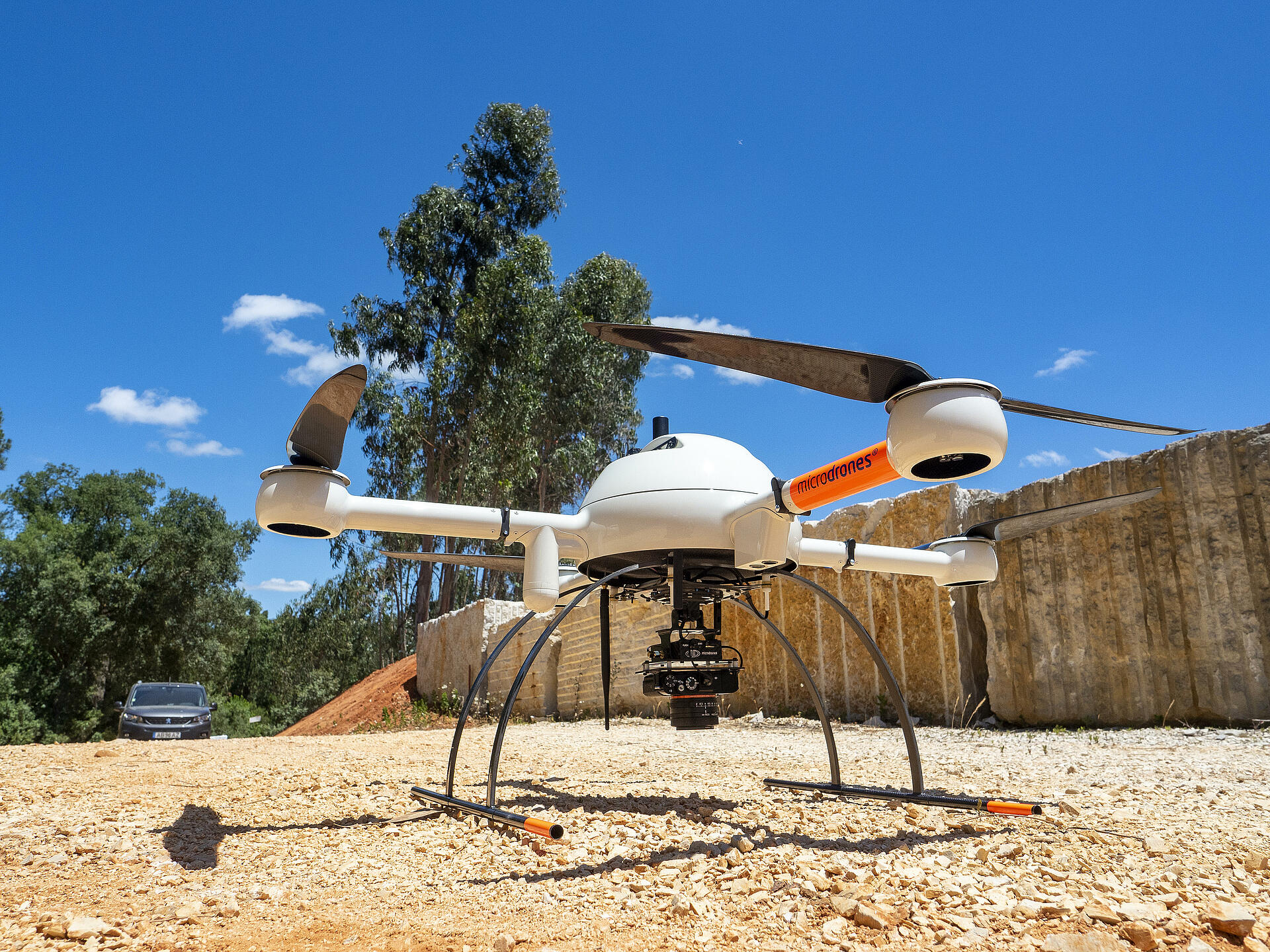Sky-High Precision: How Drone Surveying is Altering Construction
Lately, the construction industry has witnessed some sort of technological renaissance, and at the front of this change is drone surveying. This innovative approach is redefining standard surveying methods, providing unparalleled accuracy and even efficiency that happen to be quickly becoming necessary in the fast-paced planet of construction. By simply harnessing the potency of colossal technology, construction pros can now accumulate critical data plus perform site examination in a fraction of the time it would usually take.
Even as delve directly into the various methods drone surveying is usually revolutionizing construction, we'll explore the advantages it brings, coming from enhancing project supervision to improving area surveys. This comprehensive overview will equip both industry old soldiers and newcomers using the knowledge they have to understand the technology behind drone surveying and its particular applications across different sectors. With drones proving in order to be an excellent device, it is very clear that their influence on the construction landscape is merely just beginning.
Modifying Construction with Drone Technological innovation
The development industry is usually under go ing an outstanding transformation with typically the integration of drone technology. Drones offer you unparalleled efficiency inside surveying, enabling fast and precise information collection from various angles and altitudes. This capability drastically reduces enough time necessary for site checks, making it possible to complete jobs on schedule in addition to within budget. The particular use of drones helps construction teams maintain a clean summary of project improvement, enhancing coordination and even decision-making across several phases of structure.
Inside of addition to rate, drone surveying substantially improves accuracy. Classic surveying methods often involve extensive staff members and intricate calculations, leading to potential human errors. Drones furnished with advanced receptors and imaging technologies provide high-resolution aerial imagery and exact measurements that are crucial for preparing and executing structure projects. This substantial level of reliability helps mitigate dangers associated with terrain surveys and guarantees that building ideas align closely with actual site conditions.
Additionally, the incorporation of drones into construction workflows has significant economic implications. By streamlining surveying techniques, drones reduce toil costs and decrease the likelihood of costly mistakes. These types of savings can be particularly beneficial for large-scale projects where also minor discrepancies may lead to substantial setbacks. As the industry continues to adopt drone technology, all of us can expect to see a shift toward more efficient project management procedures, ultimately leading to be able to smarter construction remedies that leverage the particular full potential regarding aerial data.
Key Applications and Benefits associated with Drone Surveying
Drone surveying has emerged while a game-changer inside various industries, supplying unique applications of which enhance efficiency in addition to data accuracy. One of many uses of drones is in stretch of land surveys, where that they capture high-resolution high imagery and produce precise topographical roadmaps. This innovation significantly reduces time required for land assessments and provides comprehensive insights for planning and development. In addition, drone surveying is usually invaluable in design project management, while it allows for real-time monitoring of web-site progress, making certain assignments stay on routine and within price range.
Some great benefits of using drones lengthen beyond speed and precision; they furthermore lead to improved basic safety on construction sites. Traditional surveying methods often require staff to traverse unsafe terrain or run in challenging surroundings. Drones eliminate typically the need for workers to physically access these risky regions, dramatically reducing the potential for accidents and accidental injuries. Moreover, the capacity to quickly carry out aerial inspections permits teams to distinguish issues early, permitting on time interventions which could avoid costly delays.
Another significant advantage of drone surveying is it is scalability and cost effectiveness. Drones can cover large areas inside a fraction of the particular time it would take traditional surveying groups, leading to decreased labor costs plus quicker project turnaround. Companies can leveraging drone technology with regard to various applications, like environmental monitoring in addition to infrastructure inspections, so that it is a versatile device to get a range associated with industries. As Drone Surveying Gloucestershire surveying technology continues to evolve, its applications will broaden, unlocking new efficiencies and innovative options for construction projects and beyond.
Future Styles in Drone Surveying
While technology continues to advance, drone surveying is expected in order to become even more effective and accessible. The particular integration of man-made intelligence and equipment learning into drone operations will allow automated data evaluation and real-time control capabilities. This change will allow surveyors to focus more upon decision-making and planning rather than about time-consuming data series and interpretation operations. Additionally, innovations throughout drone hardware, such as improved battery living and payload volumes, will enhance typically the capabilities of drones in surveying programs.
An additional significant trend will be the increasing use of drones for environment monitoring and sustainability efforts. With the growing awareness involving climate change and the need regarding responsible land management, drones equipped using advanced sensors will certainly play an important role in tracking ecosystems, assessing ecological impacts, and assisting conservation efforts. official website of will not only increase the accuracy involving environmental assessments but also support the construction industry in keeping to regulatory needs and reducing its ecological footprint.
Collaboration among companies in the construction and drone technological innovation sectors will probably foster new applications and services. Partnerships of which leverage drone surveying alongside other systems, such as geographic information systems (GIS) and augmented reality (AR), will offer integrated solutions intended for project management plus development. As these kinds of collaborations expand, that they will drive advancement, streamline workflows, plus ultimately enhance the efficiency of construction projects, reaffirming the particular indispensable role involving drone surveying throughout the future in the industry.
